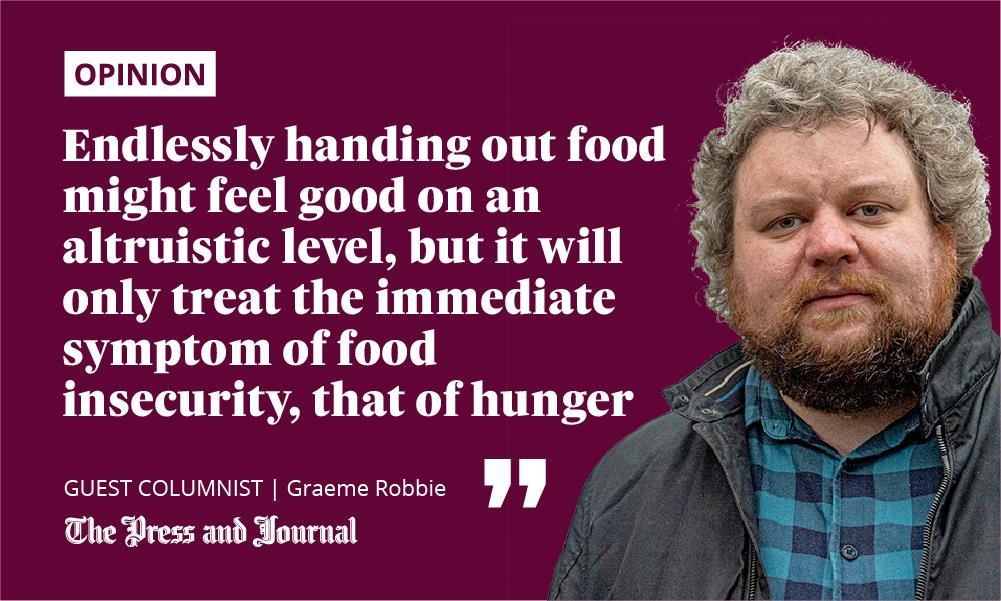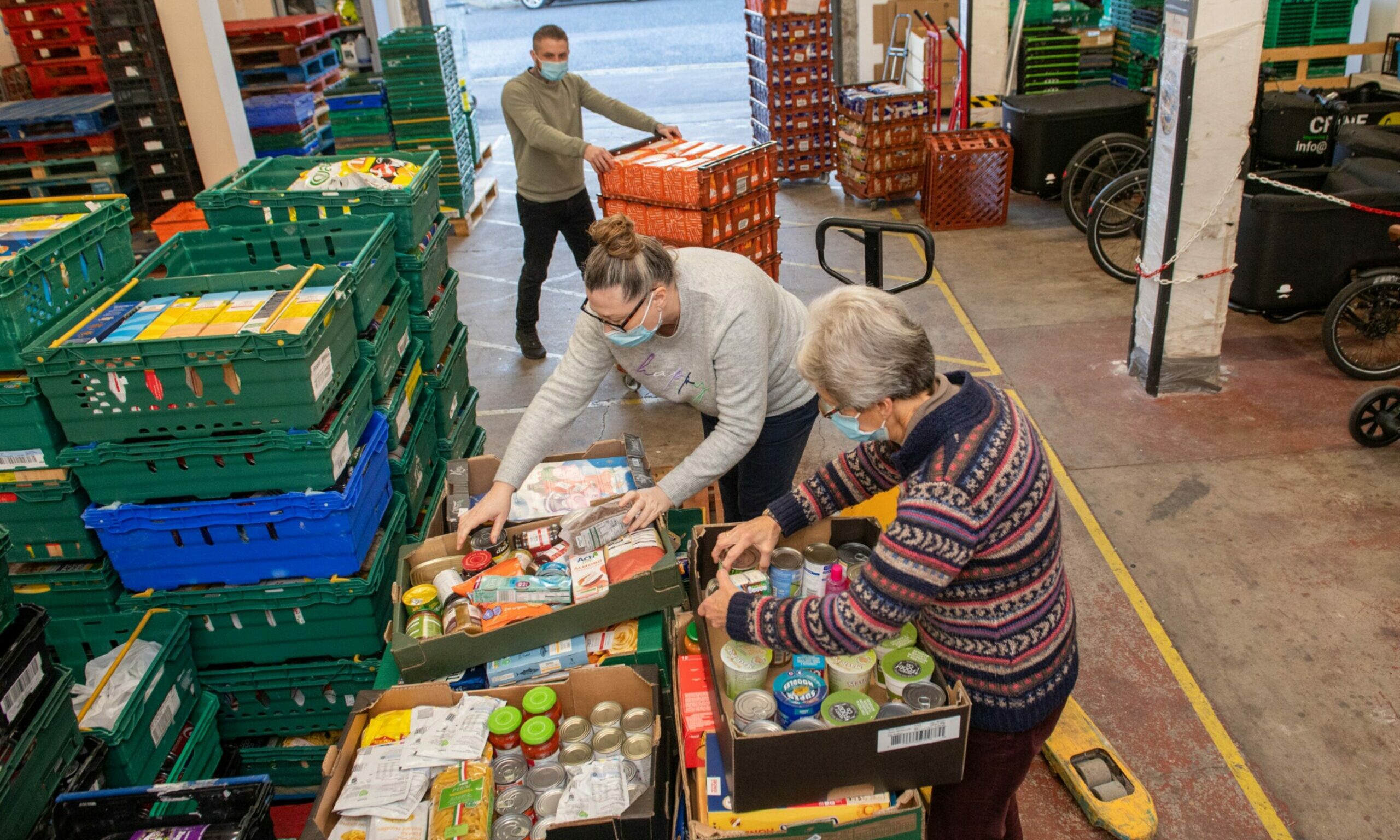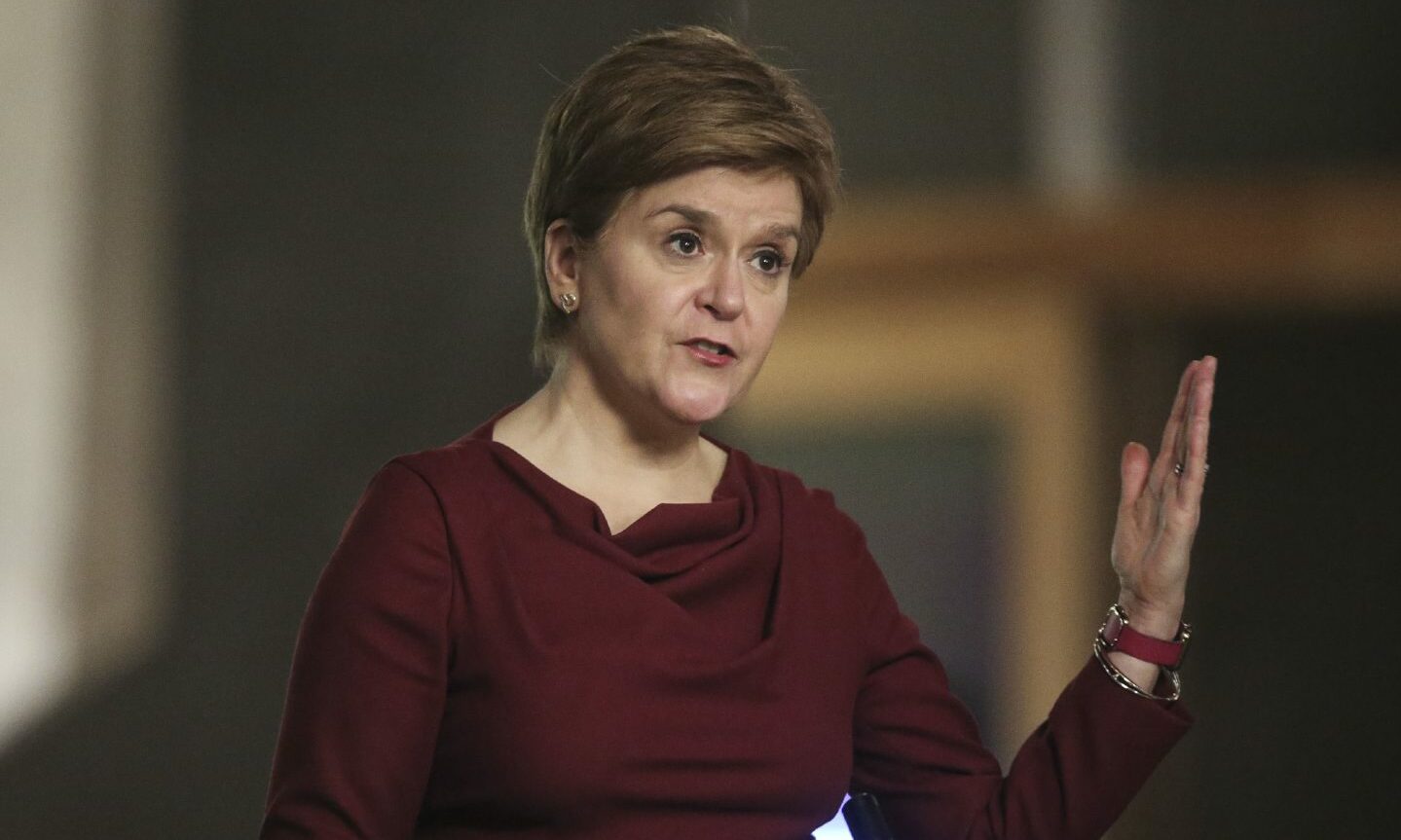In recent years, the need for emergency food has increased dramatically.
We, as a society, have borne witness to an increasing number of people unable to afford the most basic human necessities, with many having to resort to asking for help from food banks and other charitable organisations. This is not right in one of the richest countries in the world, and almost everyone agrees, so what is being done?
When Cfine set up its food bank in 2013, in response to a growing need for emergency food provision, it did so with the full acknowledgment that food banks are not the answer to tackling poverty.
Food banks create dependence, erode dignity, and do little or nothing to change the status quo. However, they are essential if someone has no other way of accessing food or are in crisis.

I started volunteering at Cfine around this time, having been appalled by the reported rise in need for emergency food in Scotland. Over the years, I’ve seen utterly heartbreaking scenarios faced by so many local folk, some having to make the choice to “heat or eat”.
Poverty is a complex and multifaceted issue, and the responses to it must reflect this. Endlessly handing out food might feel good on an altruistic level, but it will only treat the immediate symptom of food insecurity, that of hunger.
What is needed is a deeper look – an analysis of the underlying causes that have led a person to need food aid. Access to food should be the start of the conversation.
A person-centred and inclusive approach to tackling poverty is needed
Food as a means to an end, and not an end in itself, is central to Cfine’s approach. We provide access to wraparound services designed to tackle some of the underlying problems that can lead someone to ask for emergency food.
We have a dedicated financial inclusion team, Support Advice Finance Education, to help with welfare, benefits and budgeting advice and allowing people to maximise household income.
Our community training kitchen projects serve to improve people’s food skills and knowledge, enabling them to cook healthy food on a budget, for example. A comprehensive employability programme supports beneficiaries in gaining work experience and accredited training to help them find employment. These, along with a range of other support services, provide a person-centered and inclusive approach.
The need for food is one of the few things we all have in common and can be utilised as the start of meaningful change
The reduction in the Universal Credit payment, increase in energy prices and rising inflation all serve to compound and exacerbate what is already a dire situation for so many. All avenues must be explored to reduce the impact already being seen on vulnerable individuals, families, and communities.
Eradicating poverty is possible
The need for food is one of the few things we all have in common and can be utilised as the start of meaningful change. That said, no single organisation can do this alone and we must continue to work in partnership across sectors, with national and local governments, to ensure people’s needs are met.
The ultimate goal of eradicating poverty seems far off, but I believe it is possible.
It should never be solely up to charities to facilitate meaningful societal change. But, by learning from the lived experience of those impacted by poverty, understanding the underlying causes, and putting in place effective responses, we can inform those in power of these crucial issues.
We can then, through partnerships involving the public, voluntary and private sectors, realise the changes required. Finally, this needs to be led by local, Scottish and UK governments, with the level and kinds of investment required.
Graeme Robbie is development manager at Cfine, an Aberdeen-based charity and social enterprise


